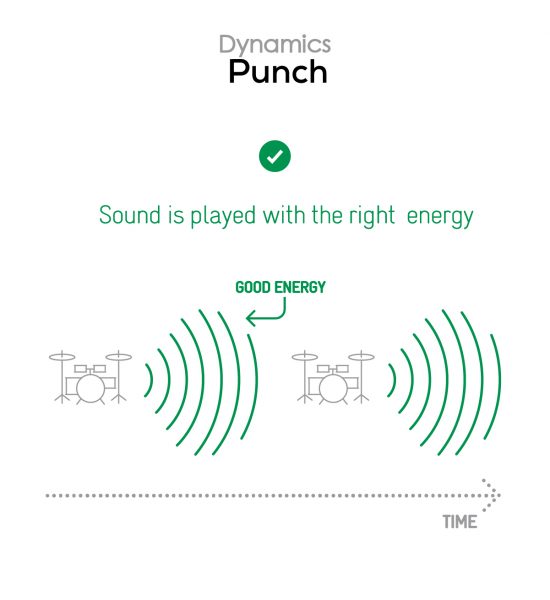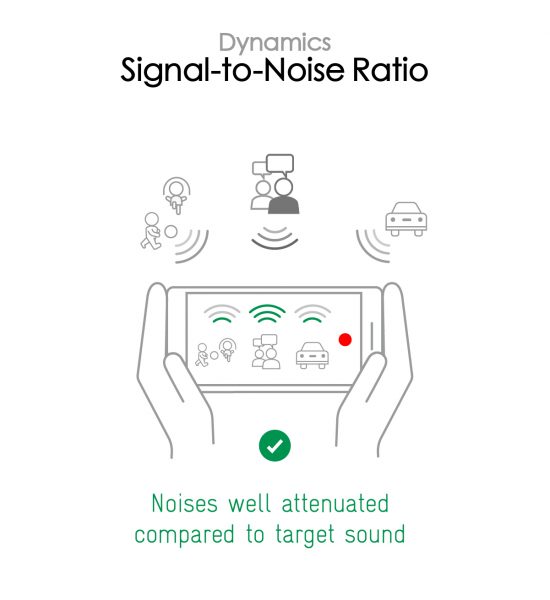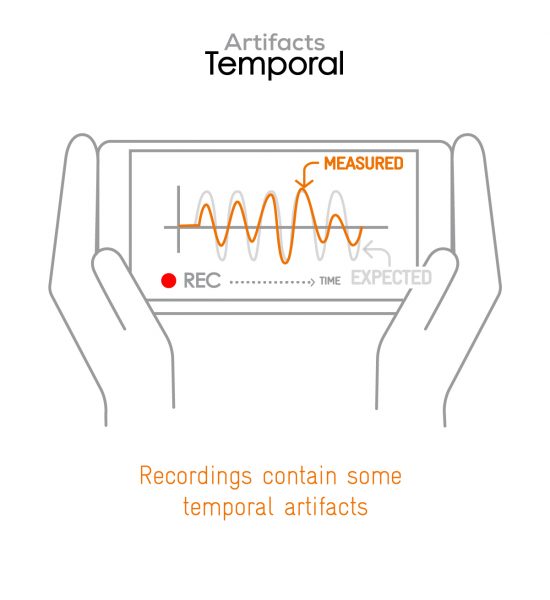We put the Xiaomi 14 through our rigorous DXOMARK Audio test suite to measure its performance both at recording sound using its built-in microphones, and at playing audio back through its speakers.
In this review, we will break down how it fared in a variety of tests and several common use cases.
Overview
Key audio specifications include:
- Two speakers (Top front under screen, bottom side)
- No Jack audio output
Scoring
Sub-scores and attributes included in the calculations of the global score.

Xiaomi 14


 46th
46th 12th
12thPlayback
Cons
- Timbre lacks bass
- Narrow stereo image
- Distortion and clipping at maximum volume
Recording
Pros
- Good wind noise resilience, especially with main camera, effective noise-canceling in difficult conditions
- Good audio zoom, noticeable side rejection at tele and super tele zoom, maintaining tonal balance without artifacts
With a score of 135, the Xiaomi 14 delivered fairly average results in the DXOMARK Audio tests. Our testers liked the playback performance through the built-in speakers, thanks to good timbre and dynamics. However, they also noted a lack of low-end, as well as some distortion and clipping when playing back sound at maximum volume. Playback results were overall best when playing games, but almost on the same level for listening to music and watching movies.
The Xiaomi did less well in the recording category, with recorded audio clips showing some issues with timbre, as well as dynamics that left some room for improvement. On the plus side, the results for audio zoom and wind noise were good, making the Xiaomi 14 a decent option for isolating specific sound elements from the background and recording in windy conditions. In recording the Xiaomi 14 did best for voice memos. Recordings with the main and selfie cameras were not quite on the same level.
Test summary
About DXOMARK Audio tests: For scoring and analysis in our smartphone audio reviews, DXOMARK engineers perform a variety of objective tests and undertake more than 20 hours of perceptual evaluation under controlled lab conditions.
(For more details about our Playback protocol, click here; for more details about our Recording protocol, click here.)
The following section gathers key elements of our exhaustive tests and analyses performed in DXOMARK laboratories. Detailed performance evaluations under the form of reports are available upon request. Do not hesitate to contact us.
Playback
Xiaomi 14
163
DXOMARK engineers test playback through the smartphone speakers, whose performance is evaluated in our labs and in real-life conditions, using default apps and settings.
Listen to the tested smartphone’s playback performance in this comparison with some of its competitors:

Timbre
Xiaomi 14
158
The Timbre score represents how well a phone reproduces sound across the audible tonal range and takes into account bass, midrange, treble, tonal balance, and volume dependency. It is the most important attribute for playback.

Dynamics
Xiaomi 14
149
The Dynamics score measures the accuracy of changes in the energy level of sound sources, for example how precisely a bass note is reproduced or the impact sound from drums.



Spatial
Xiaomi 14
162



Volume
Xiaomi 14
162
The Volume score represents the overall loudness of a smartphone and how smoothly volume increases and decreases based on user input.
| Hip-Hop | Classical | |
| Xiaomi 14 | 73.6 dBA | 70.2 dBA |
| Nubia RedMagic 8 Pro | 77 dBA | 76.6 dBA |
| Samsung Galaxy S23 FE | 74.1 dBA | 70.9 dBA |

Artifacts
Xiaomi 14
157
The Artifacts score measures the extent to which the sound is affected by various types of distortion. The higher the score, the less the disturbances in the sound are noticeable. Distortion can occur because of sound processing in the device and because of the quality of the speakers.


It represents the distortion and noise of the device playing our test signal (0 dB Fs, Sweep Sine in an anechoic box at 40 cm) at the device's maximum volume.
Recording
Xiaomi 14
160
DXOMARK engineers test recording by evaluating the recorded files on reference audio equipment. Those recordings are done in our labs and in real-life conditions, using default apps and settings.
Here is how the Xiaomi 14 performs in recording use cases compared to its competitors:

Timbre
Xiaomi 14
147
The Timbre score represents how well a phone captures sounds across the audible tonal range and takes into account bass, midrange, treble, and tonal balance. It is the most important attribute for recording.

Dynamics
Xiaomi 14
146
The Dynamics score measures the accuracy of changes in the energy level of sound sources, for example how precisely a voice's plosives (the p's, t's and k's, for example) are reproduced. The score also considers the Signal-to-Noise Ratio (SNR), for example how loud the main voice is compared to the background noise.



Spatial
Xiaomi 14
159
The sub-attributes for spatial tests include pinpointing a specific sound's location, its positional balance, distance, and wideness on the recorded audio files.



Volume
Xiaomi 14
170
The Volume score represents how loud audio is normalized on the recorded files and the how the device handles loud environments, such as electronic concerts, when recording.
| Meeting | Life Video | Selfie Video | Memo | |
| Xiaomi 14 | -24.4 LUFS | -19.7 LUFS | -17.6 LUFS | -18.8 LUFS |
| Nubia RedMagic 8 Pro | -33.5 LUFS | -24.4 LUFS | -19.2 LUFS | -28.4 LUFS |
| Samsung Galaxy S23 FE | -24.2 LUFS | -21.1 LUFS | -19.6 LUFS | -20.7 LUFS |
The Artifacts score measures the extent to which the recorded sounds are affected by various types of distortions. The higher the score, the less the disturbances in the sound are noticeable. Distortions can occur because of sound processing in the device and the quality of the microphones, as well as user handling, such as how the phone is held.


In this audio comparison, you can listen to the way this smartphone handles wind noise relative to its competitors:

Background
Xiaomi 14
166
Background evaluates how natural the various sounds around a voice blend into the video recording file. For example, when recording a speech at an event, the background should not interfere with the main voice, yet it should provide some context of the surroundings.





